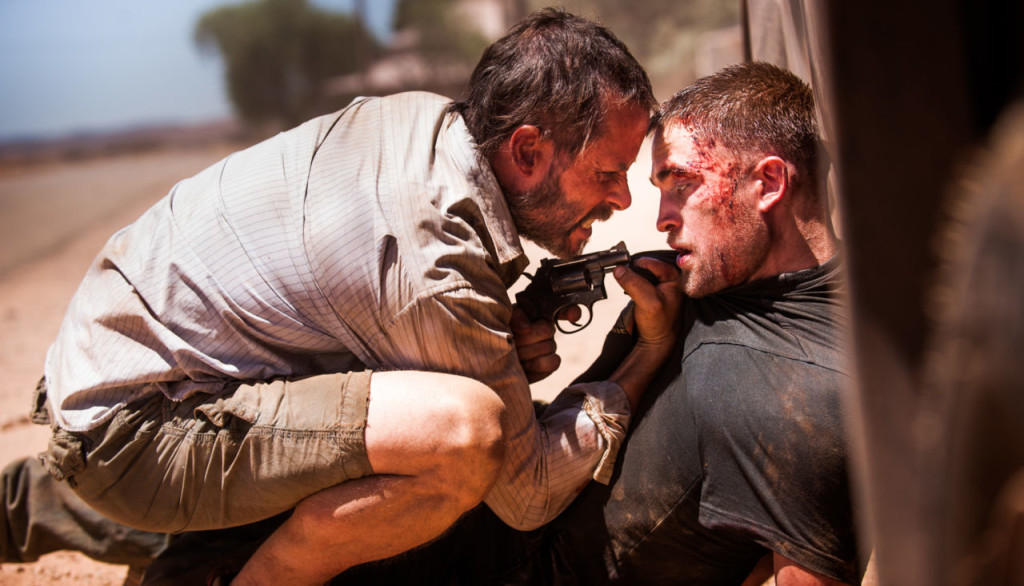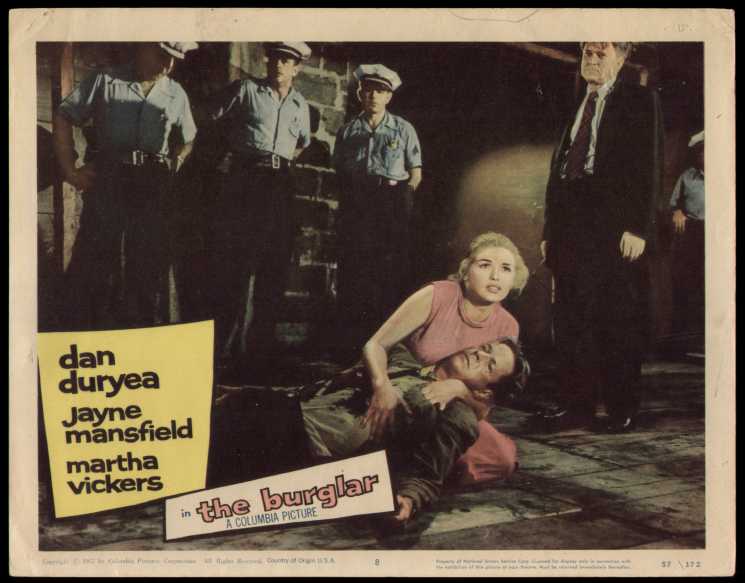 Cars, speed and harsh landscape have been the basis of most locally made dystopian cinema. Think Peter Weir’s 1974 masterpiece, The Cars That Ate Paris, all three Mad Max films, The Chain Reaction (1980) and Brian-Trenchard Smith’s Dead End Drive-In (1986).
Cars, speed and harsh landscape have been the basis of most locally made dystopian cinema. Think Peter Weir’s 1974 masterpiece, The Cars That Ate Paris, all three Mad Max films, The Chain Reaction (1980) and Brian-Trenchard Smith’s Dead End Drive-In (1986).
To this list we can now add the long awaited second film by Australian director David Michod, The Rover.
Set in the Australian outback “10 years after the collapse”, The Rover opens with a lone unnamed traveller (Guy Pearce), stopping off for water in a roadside cafe. Almost immediately, the film shifts to three men racing through the desert from a heist gone wrong. One of the men, Henry (Scott McNairy), is angry about having to leave his brother, Rey (Robert Pattinson), for dead at the scene of the crime. They start to fight, and their vehicle comes off the road. The three men climb out of their damaged car, grab the first alternative vehicle they see, which just happens to belong to the lone traveller, and take off again.
The traveller’s first words, “I want my car back”, form his mission statement for the rest of the film. Why he needs that particular car is unclear, given that he quickly picks up another functioning vehicle.
The traveller stops at a nearby town to buy a gun.… Read more





 Buy me a coffee!
Buy me a coffee!

















